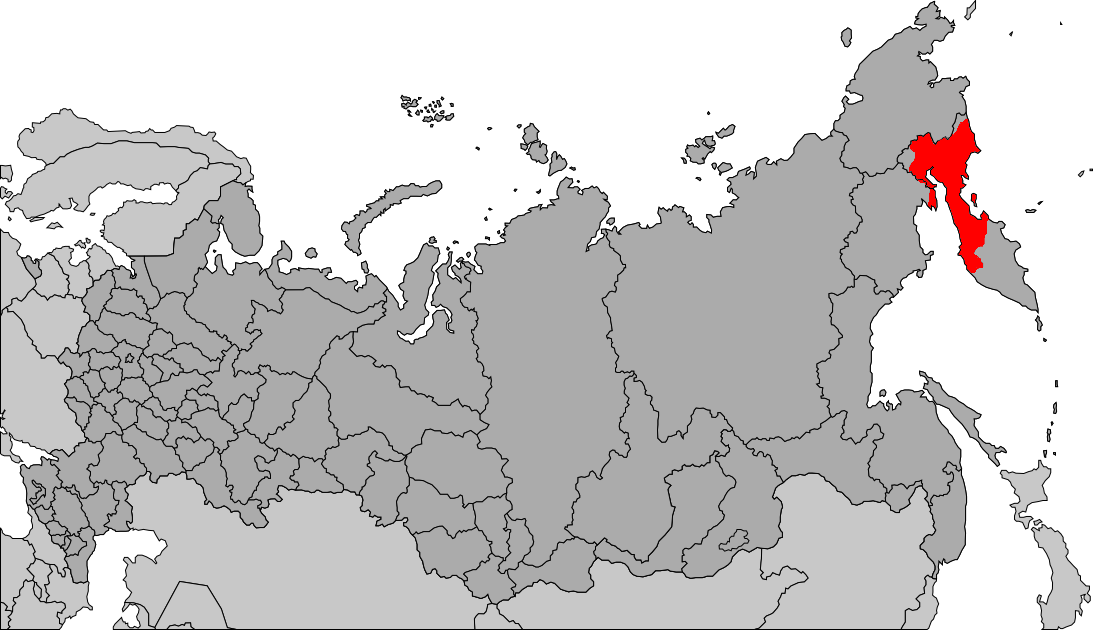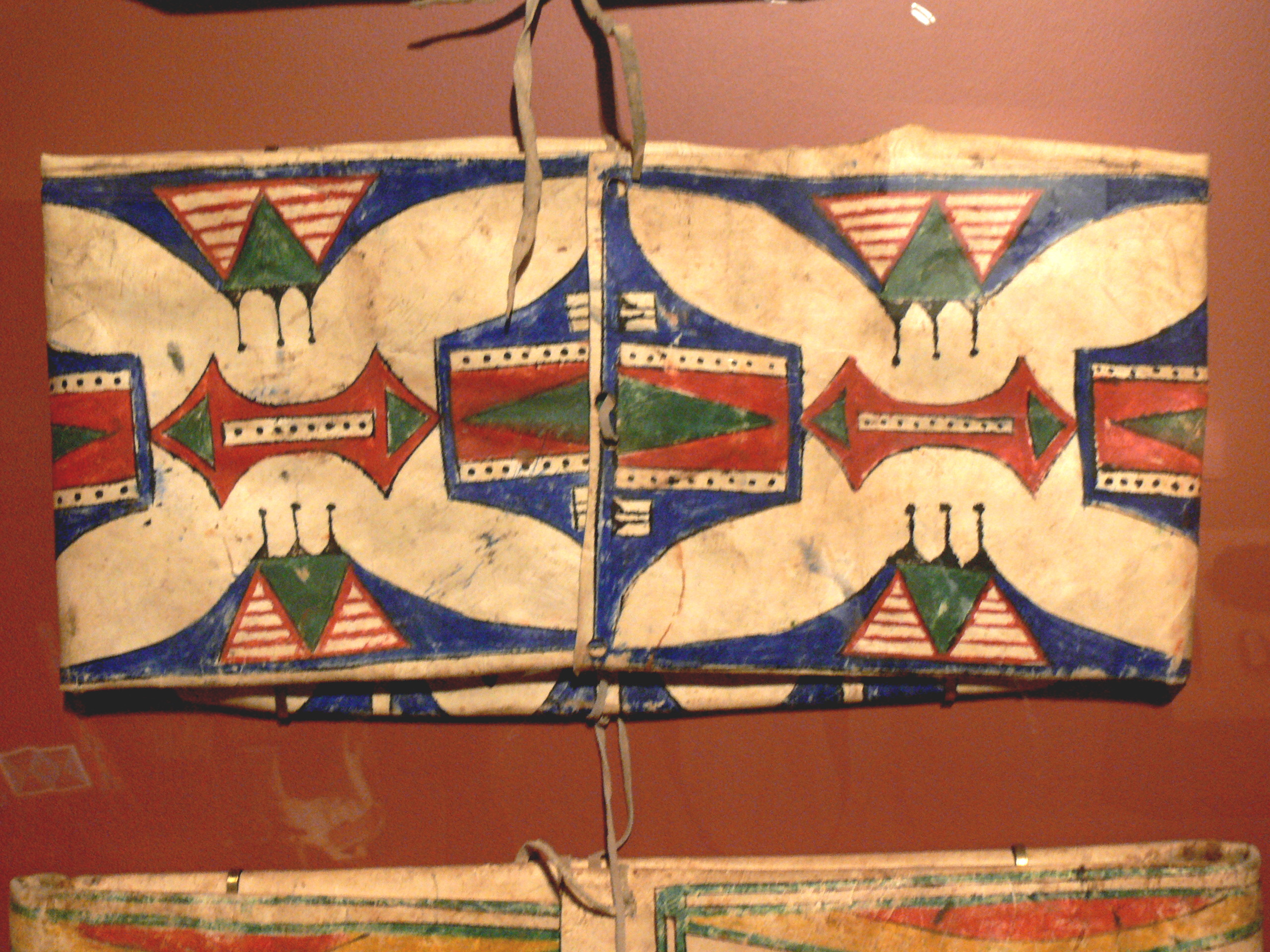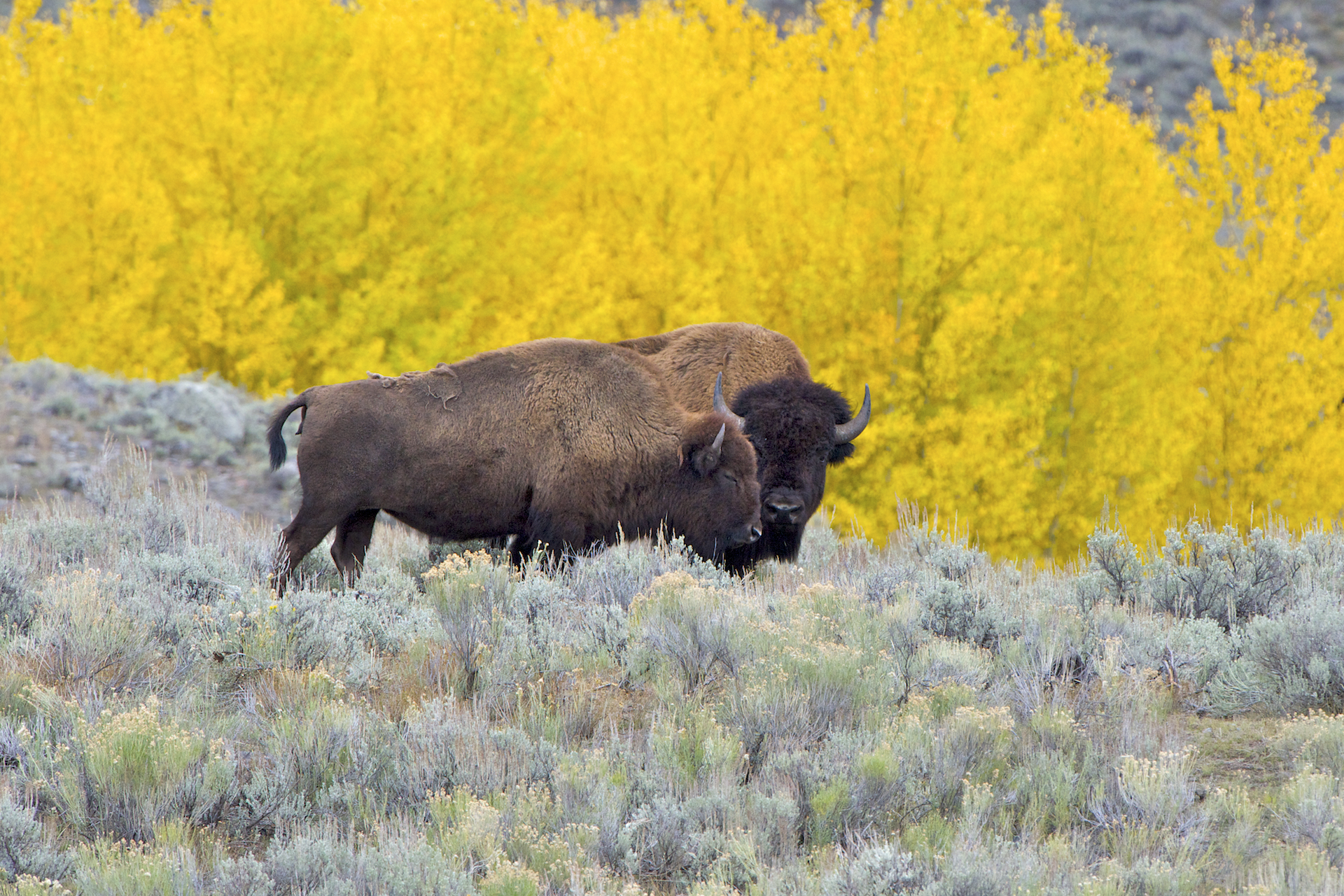|
Buffalo Robes
A buffalo robe is a cured buffalo hide, with the hair left on. They were used as blankets, saddles or as trade items by the Native Americans who inhabited the vast grasslands of the Interior Plains. Some were painted with pictographs or Winter counts that depict important events such as epidemics, famines and battles. From the 1840s to the 1870s the great demand for buffalo robes in the commercial centres of Montreal, New York, St. Paul and St. Louis was a major factor that led to the near extinction of the species. The robes were used as blankets and padding in carriages and sleighs and were made into Buffalo coats. Only hides taken in winter between November and March when the furs are in their prime were suitable for buffalo robes. The summer hides were used to make coverings for tipis and moccasins A moccasin is a shoe, made of deerskin or other soft leather, consisting of a sole (made with leather that has not been "worked") and sides made of one piece of leathe ... [...More Info...] [...Related Items...] OR: [Wikipedia] [Google] [Baidu] |
Paul Kane
Paul Kane (September 3, 1810 – February 20, 1871) was an Irish-born Canadian painter, famous for his paintings of First Nations peoples in the Canadian West and other Native Americans in the United States, Native Americans in the Columbia District. A largely Autodidacticism, self-educated artist, Paul Kane grew up in York, Upper Canada (now Toronto) and trained himself by copying European masters on a "Grand Tour" study trip through Europe. He undertook two voyages through the Canadian northwest in 1845 and from 1846 to 1848. The first trip took him from Toronto to Sault Ste. Marie, Ontario, Sault Ste. Marie and back. Having secured the support of the Hudson's Bay Company, he set out on a second, much longer voyage from Toronto across the Rocky Mountains to Fort Vancouver (present-day Vancouver, Washington) and Fort Victoria (British Columbia), Fort Victoria (present day Victoria, British Columbia). On both trips Kane sketched and painted First Nations First Nations or firs ... [...More Info...] [...Related Items...] OR: [Wikipedia] [Google] [Baidu] |
Indigenous Peoples Of The Great Plains
Plains Indians or Indigenous peoples of the Great Plains and Canadian Prairies are the Native American tribes and First Nation band governments who have historically lived on the Interior Plains (the Great Plains and Canadian Prairies) of North America. While hunting-farming cultures have lived on the Great Plains for centuries prior to European contact, the region is known for the horse cultures that flourished from the 17th century through the late 19th century. Their historic nomadism and armed resistance to domination by the government and military forces of Canada and the United States have made the Plains Indian culture groups an archetype in literature and art for Native Americans everywhere. The Plains tribes are usually divided into two broad classifications which overlap to some degree. The first group became a fully nomadic horse culture during the 18th and 19th centuries, following the vast herds of American bison, although some tribes occasionally engaged in ag ... [...More Info...] [...Related Items...] OR: [Wikipedia] [Google] [Baidu] |
Hides (skin)
__NOTOC__ Hide or hides may refer to: Common uses * Hide (skin), the cured skin of an animal * Bird hide, a structure for observing birds and other wildlife without causing disturbance * Gamekeeper's hide or hunting hide or hunting blind, a structure to hide in when viewing or hunting wildlife * Hide (unit), a unit of land area or land-based tax assessment used in early medieval England * Hide-and-seek, the children's game * A lair, a structure or object for animals to hide within, in some cases necessary to that animal's habit/lifestyle People * Hide (surname) * Hide (musician) (1964–1998), musician from the band X Japan * , Japanese politician * Hidehiko Hoshino (born 1966), musician from the band Buck-Tick * , Japanese painter * , Japanese multifaceted career in professional baseball * , Japanese analytic philosopher * , Japanese discus thrower * , Japanese professional footballer Film and TV * '' The Hide'', a 2008 thriller film based on the stage play ''The Sociable Plov ... [...More Info...] [...Related Items...] OR: [Wikipedia] [Google] [Baidu] |
Bison
Bison are large bovines in the genus ''Bison'' (Greek: "wild ox" (bison)) within the tribe Bovini. Two extant and numerous extinct species are recognised. Of the two surviving species, the American bison, ''B. bison'', found only in North America, is the more numerous. Although colloquially referred to as a buffalo in the United States and Canada, it is only distantly related to the true buffalo. The North American species is composed of two subspecies, the Plains bison, ''B. b. bison'', and the wood bison, ''B. b. athabascae'', which is the namesake of Wood Buffalo National Park in Canada. A third subspecies, the eastern bison (''B. b. pennsylvanicus'') is no longer considered a valid taxon, being a junior synonym of ''B. b. bison''. References to "woods bison" or "wood bison" from the eastern United States refer to this subspecies, not ''B. b. athabascae'', which was not found in the region. The European bison, ''B. bonasus'', or wisent, or zubr, or colloquially European buff ... [...More Info...] [...Related Items...] OR: [Wikipedia] [Google] [Baidu] |
Koryaks
Koryaks () are an indigenous people of the Russian Far East, who live immediately north of the Kamchatka Peninsula in Kamchatka Krai and inhabit the coastlands of the Bering Sea. The cultural borders of the Koryaks include Tigilsk in the south and the Anadyr basin in the north. The Koryaks are culturally similar to the Chukchis of extreme northeast Siberia. The Koryak language and Alutor (which is often regarded as a dialect of Koryak), are linguistically close to the Chukchi language. All of these languages are members of the Chukotko-Kamchatkan language family. They are more distantly related to the Itelmens on the Kamchatka Peninsula. All of these peoples and other, unrelated minorities in and around Kamchatka are known collectively as Kamchadals. Neighbors of the Koryaks include the Evens to the west, the Alutor to the south (on the isthmus of Kamchatka Peninsula), the Kerek to the east, and the Chukchi to the northeast. The Koryak are typically split into two groups ... [...More Info...] [...Related Items...] OR: [Wikipedia] [Google] [Baidu] |
Plains Hide Painting
Plains hide painting is a traditional Plains Indian artistic practice of painting on either tanned or raw animal hides. Tipis, tipi liners, shields, parfleches, robes, clothing, drums, and winter counts could all be painted. Genres Art historian Joyce Szabo writes that Plains artists were concerned "with composition, balance, symmetry, and variety." Designs can be similar to those found in earlier rock art and later quillwork and beadwork. Geometric painting Plains women traditionally paint abstract, geometric designs.Szabo, 5"More About Buffalo Hide Painting." ''National Museum of American History''. (retrieved 4 Feb 2010) Bright colors were preferred and areas were filled with solid fields of color. Cross-hatc ... [...More Info...] [...Related Items...] OR: [Wikipedia] [Google] [Baidu] |
Métis Buffalo Hunt
The Métis ( ; Canadian ) are Indigenous peoples who inhabit Canada's three Prairie Provinces, as well as parts of British Columbia, the Northwest Territories, and the Northern United States. They have a shared history and culture which derives from specific mixed European (primarily French) and Indigenous ancestry which became a distinct culture through ethnogenesis by the mid-18th century, during the early years of the North American fur trade. In Canada, the Métis, with a population of 624,220 as of 2021, are one of three major groups of Indigenous peoples that were legally recognized in the Constitution Act of 1982, the other two groups being the First Nations and Inuit. Smaller communities who self-identify as Métis exist in Canada and the United States, such as the Little Shell Tribe of Chippewa Indians of Montana. The United States recognizes the Little Shell Tribe as an Ojibwe Native American tribe. Alberta is the only Canadian province with a recognized Métis Nati ... [...More Info...] [...Related Items...] OR: [Wikipedia] [Google] [Baidu] |
Knife River Indian Villages National Historic Site
The Knife River Indian Villages National Historic Site, which was established in 1974, preserves the historic and archaeological remnants of bands of Hidatsa, Northern Plains Indians, in North Dakota. This area was a major trading and agricultural area. Three villages were known to occupy the Knife area. In general, these three villages are known as Hidatsa villages. Broken down, the individual villages are ''Awatixa Xi'e'' (lower Hidatsa village), ''Awatixa'' and Big Hidatsa village. Awatixa Xi'e is believed to be the oldest village of the three. The Big Hidatsa village was established around 1600. Geography The Knife River Indian Villages National Historic Site is located in central North Dakota, at the confluence of the Knife River with the Missouri River. The village is located ½ mile north of present-day Stanton, North Dakota, 1 hour north west of Bismarck, and 1 ½ hours south west of Minot, North Dakota. The Knife River is a tributary to the Missouri River. Scenic sights ... [...More Info...] [...Related Items...] OR: [Wikipedia] [Google] [Baidu] |
Hubert Vos
Hubert Vos (February 15, 1855 – January 8, 1935) was a Dutch painter who was born Josephus Hubertus Vos in Maastricht. He studied at the Académie Royale des Beaux-Arts in Brussels and with Fernand Cormon in Paris. He exhibited widely in Paris, Amsterdam, Brussels, Dresden and Munich. From 1885 to 1892, he worked in England, where he exhibited at the Royal Academy between 1888 and 1891. He was a member of the Royal Society of British Artists. Career His second wife was Eleanor Kaikilani Coney, of Hawaiian, Chinese, and American descent. In 1898, he visited Hawaii, where he painted the local people. In that same year, Vos traveled to Korea, where he completed at least three paintings in duplicate. In each case, he left one copy in Korea and kept one copy. The paintings are a life-sized portrait of Emperor Gojong, a portrait of Min Sangho (1870–1933), and a landscape of Seoul. The copies left in Korea hung in the Deoksugung Palace until all except the landscape of Seoul, w ... [...More Info...] [...Related Items...] OR: [Wikipedia] [Google] [Baidu] |
Arikara
Arikara (), also known as Sahnish, ''Mandan, Hidatsa, and Arikara Nation.'' (Retrieved Sep 29, 2011) Arikaree, Ree, or Hundi, are a tribe of Native Americans in . Today, they are enrolled with the and the as the |
American Bison
The American bison (''Bison bison'') is a species of bison native to North America. Sometimes colloquially referred to as American buffalo or simply buffalo (a different clade of bovine), it is one of two extant species of bison, alongside the European bison. Its historical range, by 9000 BC, is described as the great bison belt, a tract of rich grassland that ran from Alaska to the Gulf of Mexico, east to the Atlantic Seaboard (nearly to the Atlantic tidewater in some areas) as far north as New York, south to Georgia and, according to some sources, further south to Florida, with sightings in North Carolina near Buffalo Ford on the Catawba River as late as 1750. Once roaming in vast herds, the species nearly became extinct by a combination of commercial hunting and slaughter in the 19th century and introduction of bovine diseases from domestic cattle. With a population in excess of 60 million in the late 18th century, the species was culled down to just 541 animals by 1889. ... [...More Info...] [...Related Items...] OR: [Wikipedia] [Google] [Baidu] |









